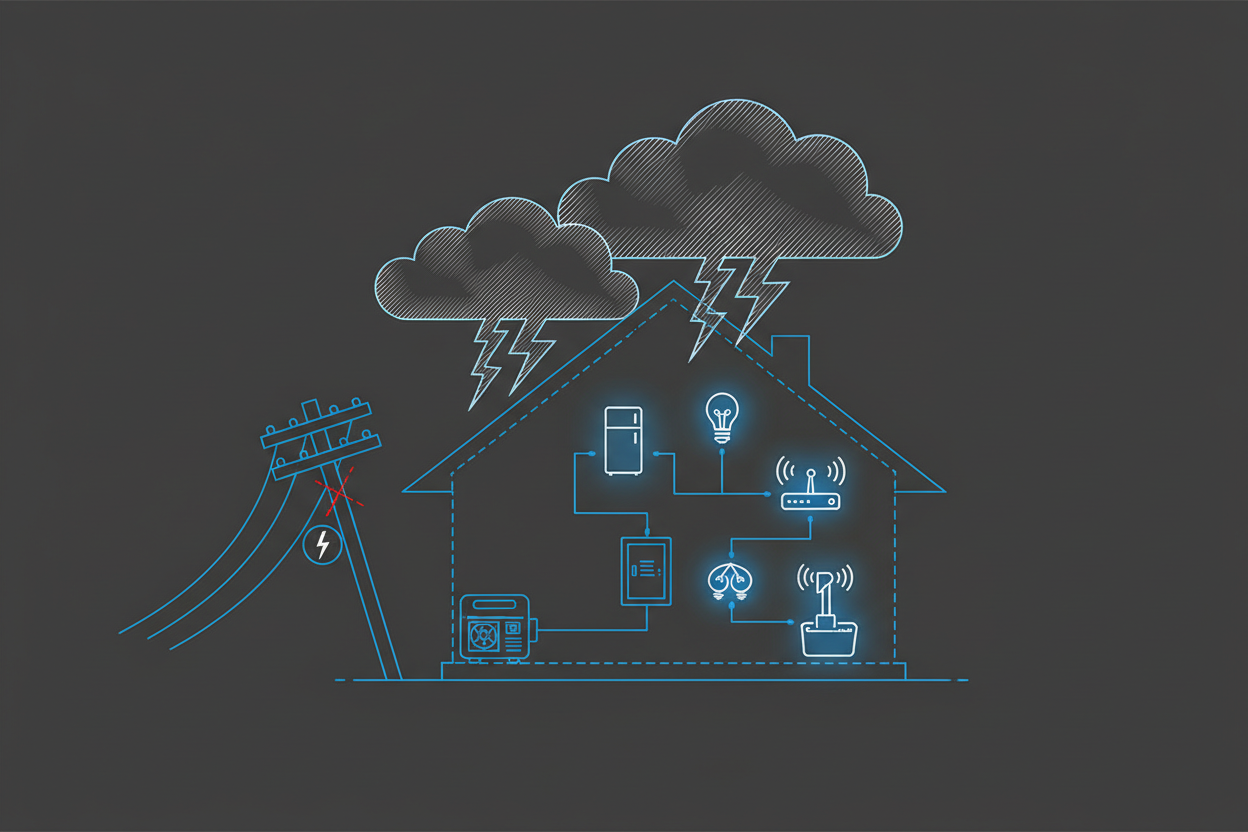Home Backup Generator Use Cases: What You Can Power During an Outage
A home backup generator keeps essential devices running when the grid fails. Understanding typical use cases helps homeowners plan safe and efficient outage coverage.
Different outages require different levels of backup power. Matching generator capacity to household priorities ensures reliable performance.

Common Outage Scenarios
Outages vary from brief interruptions to multi-day failures. Each scenario requires specific load planning to maintain comfort and safety.
- Short outages: Lights, phone charging, and communication devices
- Overnight outages: Refrigeration, routers, and CPAP machines
- Multi-day outages: Pumps, heating devices, kitchen appliances
Essential Devices During Short Outages
Short outages interrupt basic activities but usually require minimal power. Light loads support communication and visibility until the grid returns.
- LED lights
- Wi Fi routers
- Phone and laptop chargers
- Small fans
What You Can Power Overnight
Overnight failures impact food preservation and medical needs. Inverter generators supply clean electricity for sensitive equipment.
- Refrigerators and freezers
- CPAP machines
- Routers and communication devices
- Low-watt lighting circuits
What You Can Power During Multi-Day Outages
Extended outages require broader support for comfort and safety. Generators with higher watt capacity handle stronger startup loads.
- Sump pumps and well pumps
- Microwaves and cooking devices
- Space heaters and fans
- Multiple refrigerators
Managing Loads for Better Efficiency
Load management improves runtime and reduces stress on the generator. Staggering appliances prevents overload and saves fuel.
- Run cooking appliances individually
- Let refrigerators cycle naturally
- Power pumps only when needed
Conclusion
Home backup generators support a wide range of essential devices during outages. Planning loads based on outage duration helps families stay safe, connected, and prepared.
